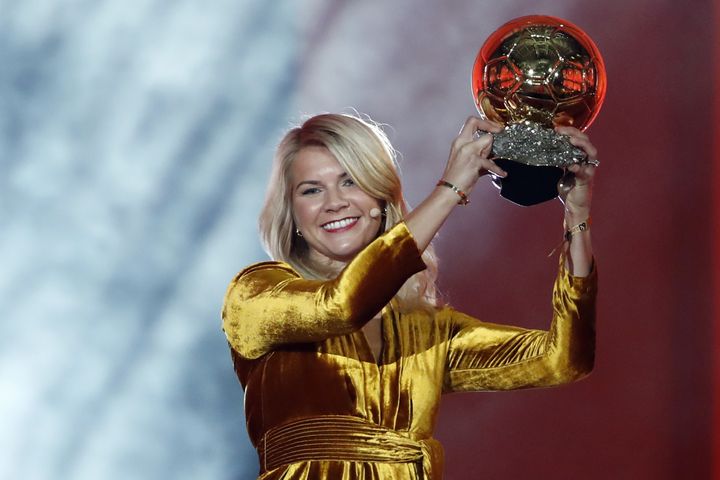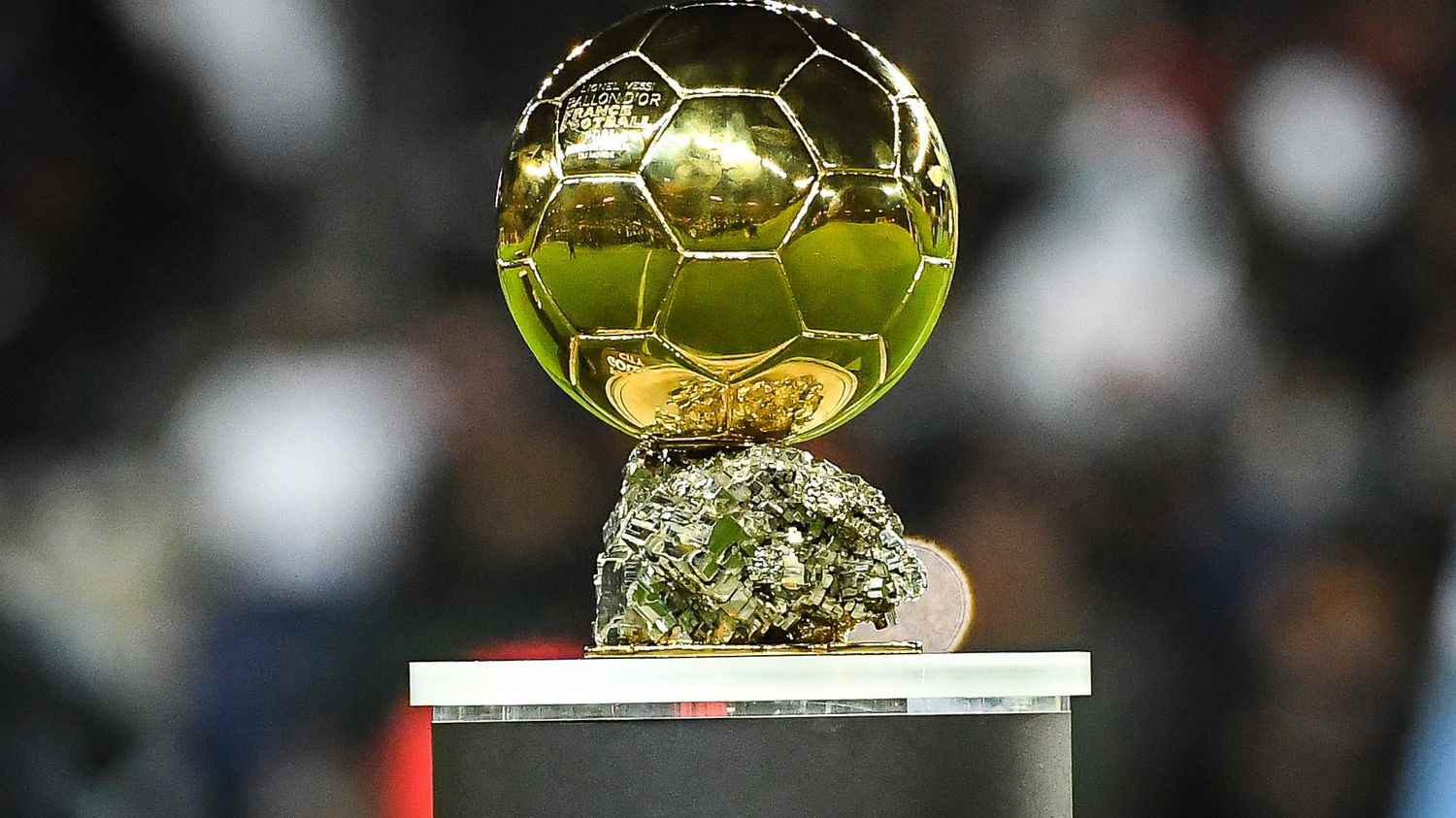The rules of the game have changed. For the first time, the Ballon d’Or will reward, Monday, October 17, 2022, the best players (and the best player) of the past sports season, and no longer of the calendar year. “It’s a way to better harmonize choices and decisions with players who don’t change clubs during the season”, explained last March on franceinfo Jérôme Cazadieu, editorial director of The Team. A major reform which is not the first since the creation of the trophy by the weekly France Soccerin 1956.
1995: the end of European primacy
For a long time, the Ballon d’Or was Euro-centric. From the coronation of Englishman Stanley Matthews in 1956 to that of Bulgarian Hristo Stoichkov in 1994, the winners have been exclusively European. This explains the absence from the charts of legends like Pelé (Brazil) or Diego Maradona (Argentina). In 1995, the rules changed and the Ballon d’Or opened up to players of all nationalities, but playing in a European club. A new mode of eligibility that smiled that year on Liberian George Weah (Paris Saint-Germain then AC Milan), the first non-European Ballon d’Or. Since Weah, who is also the only African footballer awarded, the Brazilians Ronaldo, Rivaldo, Ronaldinho and Kaka, as well as the Argentinian Lionel Messi, have won the trophy.
Happy Birthday to the 1995 Ballon d’Or, George Weah#ballondor pic.twitter.com/Mt3sJn8Aw8
— Ballon d’Or #ballondor (@francefootball) October 1, 2022
2007: a trompe-l’oeil opening to the world
The openness to all nationalities increases competition and public interest in the Ballon d’Or. With this in mind, the trophy is extended in 2007 to all players, regardless of the championship in which they play. However, apart from the Brazilian Rogerio Ceni (Sao Paulo, Brazil), the Iraqi Younis Mahmoud (Al-Gharafa, Qatar) and the Mexican Guillermo Ochoa (Club América, Mexico) in 2007, as well as the Brazilian Neymar (Santos) in 2011 and 2013, the players named to the Ballon d’Or systematically evolved in the European championships. A less clear trend with the opening of the trophy to players, the United States, who have won the last two World Cups, competing with Europe.
2010: FIFA Ballon d’Or
The prestige of the Ballon d’Or attracts covetousness. In 2010, an agreement was reached for the merger of the France Football Ballon d’Or and the FIFA World Player trophy, created in 1991. The main innovation of this “FIFA Ballon d’Or” lies in its voting method. While international journalists were the only voters, the election is now open to coaches and captains of the 208 member countries of FIFA. After six editions, the collaboration between France Football and FIFA ends in 2016. The Ballon d’Or returns to the French magazine with again a single jury of international journalists, while the world football body reactivates its individual award , under the title of “The Best – FIFA Player”. An important trophy in a player’s career, but which still does not have the prestige of the Ballon d’Or.
2018: the players finally in the spotlight
A great year for the trophy. For the sake of attractiveness and openness, France Soccer creates the Women’s Golden Ball to reward the best player of the season, among twenty selected. The Norwegian Ada Hegerberg (Olympique Lyonnais), the American Megan Rapinoe (Reign FC) and the Spaniard Alexia Putellas (FC Barcelona) are the first three rewarded. The best young players and goalkeepers are not left out with the creation of the Kopa trophy the same year, and that of the Yachine trophy in 2019. This year, the top scorer of the season, in all competitions, will receive the Müller trophy for the first time. . A symbolic reward for a unique edition of the Ballon d’Or.

2022: a revolution?
For the 66th edition of the Ballon d’Or, France Soccer has decided to carry out a real revolution in its regulations. In addition to its temporality which passes from the calendar year to the sports season, other important changes are to be notified. The drawing up of lists of nominated players has been strengthened, the jury of voting journalists has been reduced (representatives of the top 100 countries in the FIFA rankings) and the election criteria have been clarified. The Ballon d’or will be elected on the basis of their individual performance, then on their collective performance and their record, and finally on their class and fair play. The disappearance of the “player’s career” criterion is intended to prevent the monopolization of the trophy, as Lionel Messi and Cristiano Ronaldo have done for more than a decade. The next two winners will therefore open a new era.
